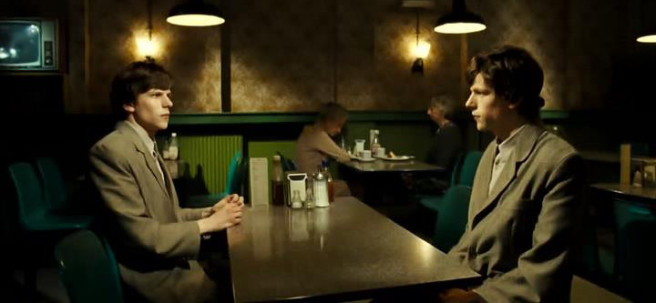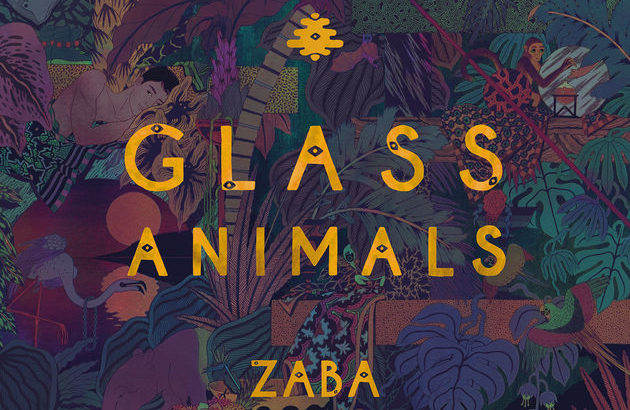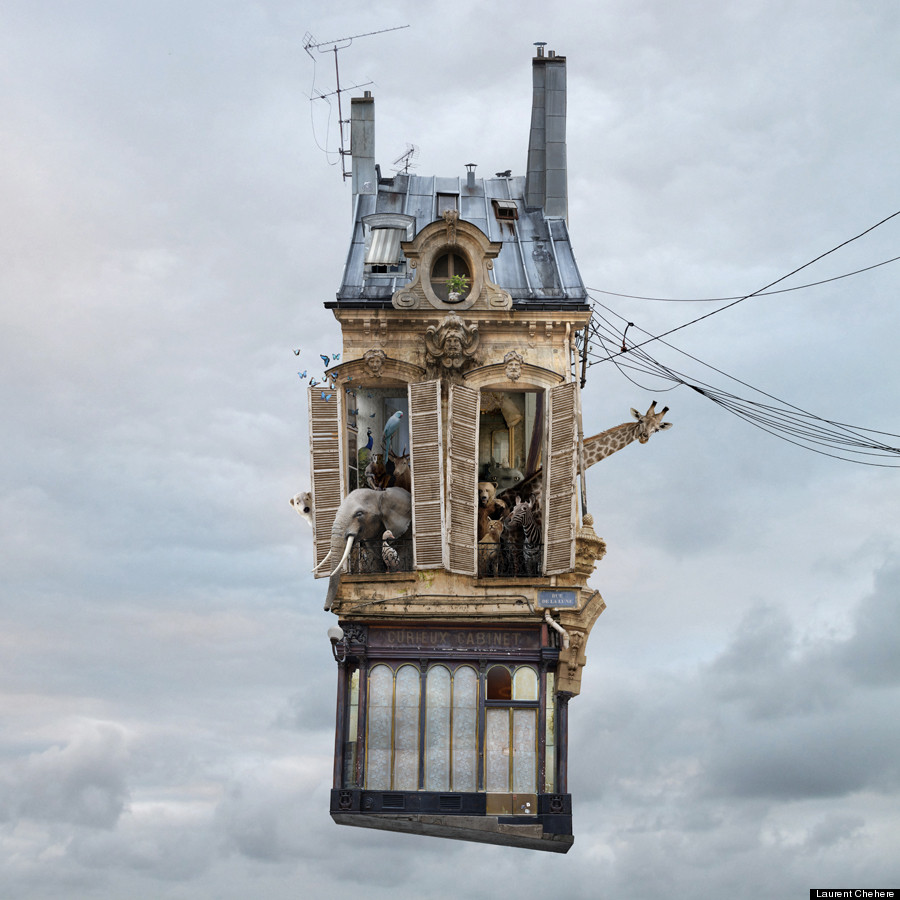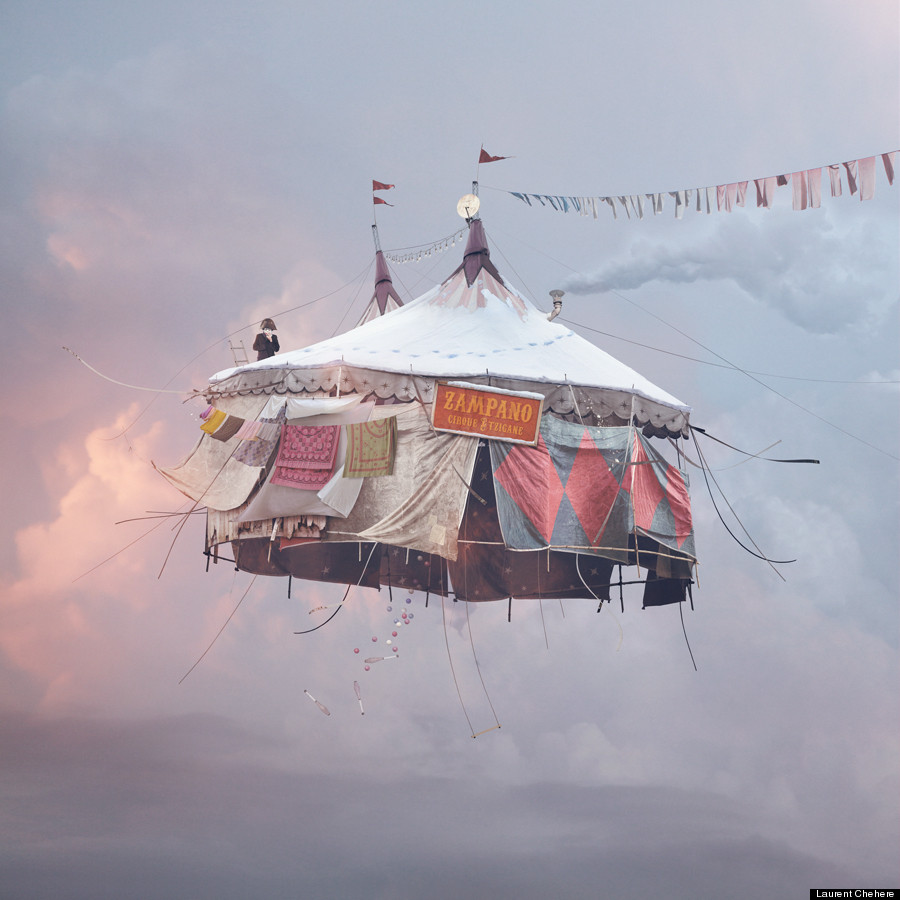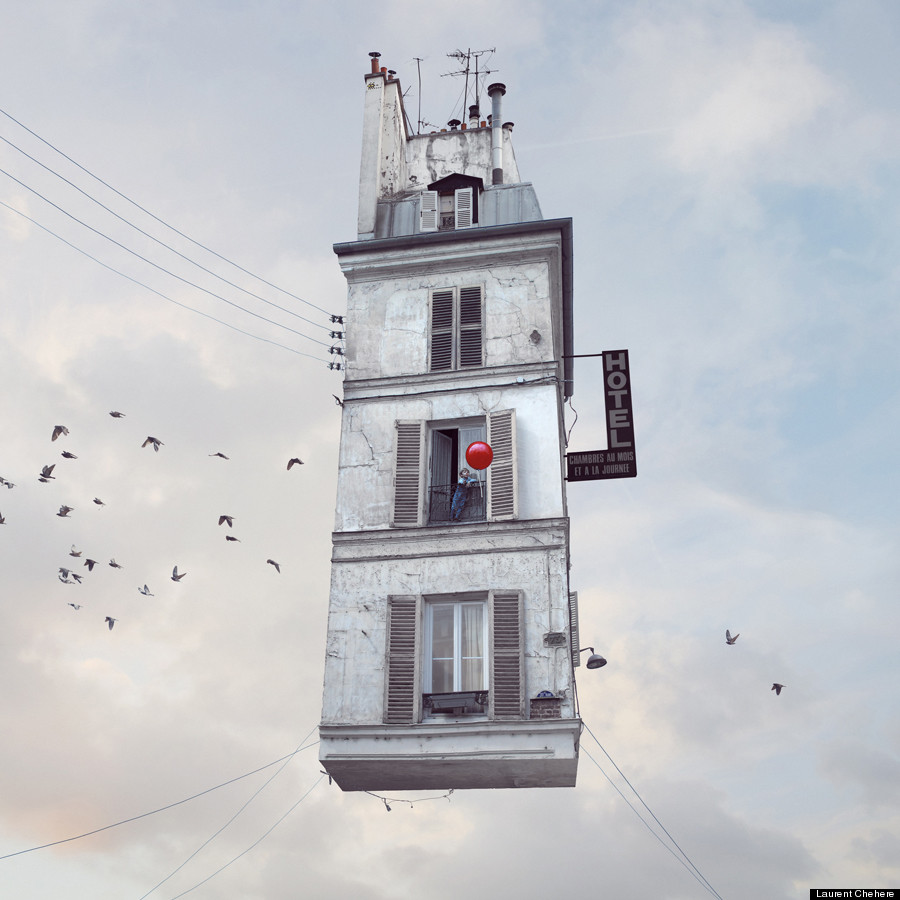The annual poster sale was going on these last two weeks, and I went, as many do, searching for a worthy poster to fill the barren spot on that one eggshell wall of my room. I flipped through the multitudes of posters, not really knowing what I was looking for, but keeping my eye out for something that would perfectly define the new academic year. There were a few notable works of art in the running, some Vincent van Gogh and Rene Magritte in particular, but one particular artist stood out, and if you know me then you won’t be surprised that it was Salvador Dali. I don’t love all of his art, but I can’t deny how unique his aesthetic is and how much it resonates with me. His interpretation of surrealism is so convincing and otherworldly, I just seem to get lost in the art and all of the tiny details he sneaks in. Anyways, I ended up with a 24″ x 36″ poster of Meditative Rose, and if you’ve never heard of this painting before, I’m honored to introduce it to you:

At first glance, it’s pretty straightforward: a solitary red rose, without a stem, front and center, with a pretty generic landscape background. The rose is beautifully done, intricate and detailed, giving it an almost hypnotic quality which draws the viewer’s focus. As a result, it can be easy to miss the bigger picture (quite literally), and upon closer inspection, a completely different work of art reveals itself. First, notice the two vague figures, standing underneath the rose, casting long shadows over a hard and barren desert. Then inspect the small town in the distance, which recalls images of vineyards in Italy, all under the orange glow of sunset. The sky is mostly blue with one, large white cloud, slowly floating across in the background. There is a single drop of water on the rose, closest to the foreground. The rose is glowing from the sunset. All of these little details turn a simple rose into a surrealist masterpiece.
Suddenly there is something foreboding about the rose, as it looms over the small figures and town, similar to how a U.F.O. might appear, and also glowing as if otherworldly. The palette of muted tones, complemented by the bright red of the rose, make the rose feel as if it doesn’t even belong to the same color spectrum of the universe it inhabits. The single drop of water raises many questions as to the origin of the rose, and creates endless little mysteries. The entire aesthetic bleeds surrealism, a haunting and desolate place of mystery. In this way, I think the name is apt: Meditative Rose, a rose that is so unexpected, out of place, and otherworldly, that it requires deep meditation and contemplation. As such, I found it perfect for my college dorm; now, in-between EECS projects and reading for Latin, I can take a break to study this strange rose, and slowly unravel its mysteries while appreciating the aesthetic that I love so much.

